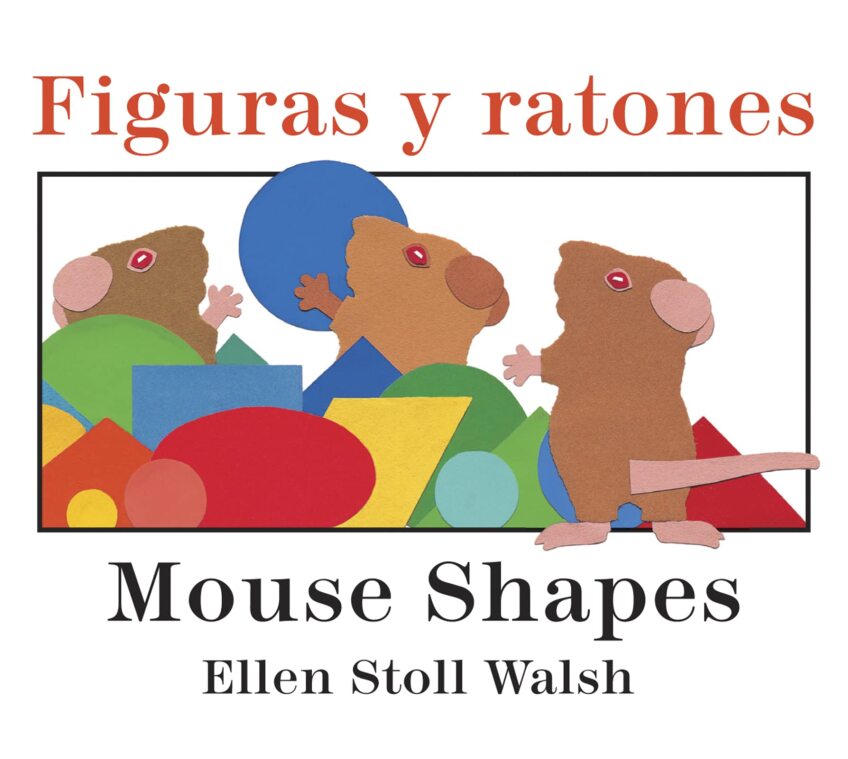Family Math Activity: Let's Go Fly a Kite!

Are you looking for an outdoor activity to try with your child this summer? Making a kite is a fun way to practice math and create fantastic outdoor memories together. Kites are also great tools for discussing shapes and symmetry. Create this simple kite using a sheet of paper, a stapler, a ruler, a length of string and a popsicle stick.
Learning Goals
- Use shape properties to describe shapes.
- Explore symmetry by making a kite with two matching halves.
- Discover how shapes can be made up of other smaller shapes.
Vocabulary
- Geometry: The type of math that deals with shapes and their properties.
- Shapes: Geometric figures like triangles, circles or squares. Shapes can be flat (two-dimensional) or solid (three-dimensional).
- Symmetry: A shape has symmetry when one or more parts match. The matching parts are on either side of a mirror line, where one side reflects the other like a mirror.
- Right angle: An angle of 90° as in the corner of a square.
Materials
- Sheet of paper
- Stapler
- Ruler
- String
- Popsicle stick
- Hole punch (optional)
- Tape (optional)
Step-by-Step Instructions
- Ask your child what they notice about the sheet of paper's shape. Paper is a two-dimensional or "flat" shape. It has four corners and four sides that meet at right angles, making it a rectangle.
- Fold the paper in half on the long side of the rectangle or "hamburger style." Open the paper again, and talk with your child about the new shapes they see there! Do they see the two smaller rectangles? Each half is an identical shape, which is called mirror symmetry.
- Use crayons, colored pencils, or markers to decorate one half of the paper. Then, explore mirror symmetry by drawing matching designs on the other half of the paper. For example, you may use symmetry found in nature, like butterfly wings, as inspiration for your kite's design.
- Fold the paper with the decorated side facing inside. Use a ruler to make two marks along the folded edge: one at 2 ½ inches from the edge and one at 3 ½ inches. Repeat on the other side of the folded edge.
- Take the corner of paper nearest to the 2 ½ inch mark and curve down to the mark (don't crease the paper). Staple the corner in place at the mark. Flip to the other side and repeat.
- Create a hole using a sharp pencil or hole punch on the paper right above the 3 ½ inch mark. This is where you will attach the kite's flying string. You can strengthen the hole, so it doesn't tear easily with some tape.
- Cut a long piece of string that you will use as the flying string. Tie one end of the flying string through the hole. Tape the other end to the popsicle stick and wrap the string around it. Then go outside on a windy day, and fly your kite together!
Inspired by Pink Stripey Socks' "Make a Simple Paper Kite."
Keep the Conversation Going
- Play with symmetry using a small mirror. Draw different shapes and patterns on pieces of paper. Allow your child to play with symmetry and reflection, holding up the mirror to the different images. You can ask your child questions like, "Does the shape look the same on both sides or different?" and "How can you change the shape being reflected?"
- Go on a shape hunt. How many different shapes can you find in print media? Create a colorful collage using shapes found in magazines and newspapers and cut from construction paper.
- Make a tangram puzzle together. Your child can combine shapes to make new pictures or designs using a tangram puzzle. The tangram comprises seven shapes: five triangles and two quadrilaterals.
Book Suggestions
- "What Is Symmetry in Nature?" by Bobbie Kalman (Ages 4-7)

Learn more about symmetry and where you can find symmetry in nature, such as ferns, butterflies and starfish!
- "Figuras y ratones/Mouse Shapes" by Ellen Stoll Walsh (Ages 2-3)

Three clever mice combine different shapes to outsmart a cat in this bilingual board book.
Corresponding Standards
California Preschool Learning Foundations
- 1.0 Children identify and use a variety of shapes in their everyday environment.
- 1.1 Identify, describe and construct a variety of different shapes, including variations of a circle, triangle, rectangle, square, and other shapes.
Head Start Early Learning Outcomes Framework
- Goal P-MATH 9. Child identifies, describes, compares, and composes shapes.
Common Core Math Standards
- CCSS.MATH.CONTENT.K.G.B.4. Analyze and compare two- and three-dimensional shapes, in different sizes and orientations, using informal language to describe their similarities, differences, parts (e.g., number of sides and vertices/"corners") and other attributes (e.g., having sides of equal length).
Up Next
Support Provided By


